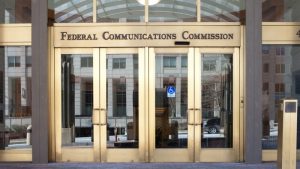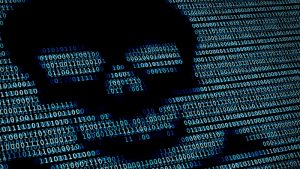Code for America announced earlier this week that California, Colorado, Connecticut, and Louisiana “have committed to partnering with the Safety Net Innovation Lab (the Lab) to transform how social safety net services are delivered.”
Ransomware continues to be the biggest issue for most K-12 school districts across the country, according to Doug Levin, co-founder and national director of the K12 Security Information Exchange.
As the health care and education sectors have become prime targets for cyberattacks, experts from those sectors expressed their needs on May 18 for more funding and Federal collaboration to better protect the cyber posture of schools and hospitals.
The House of Representatives passed the State and Local Government Cybersecurity Act on May 17, which would promote increased cybersecurity collaboration between the Department of Homeland Security (DHS) and state, local, tribal, and territorial governments (SLTT).
The Federal Communications Commission on May 17 committed another $50 million to the Emergency Connectivity Funding (ECF) program to help schools expand broadband access and purchase of devices for students – moves that the agency hopes will help close the “homework gap” for students that don’t have access to reliable broadband service and devices.
Is Wi-Fi service coming to a school bus near you? The answer to that question may be a resounding yes, if Federal Communications Commission (FCC) Chairwoman Jessica Rosenworcel has anything to say about it.
The University of Maryland (UMD) has opened the $67 million E.A. Fernandez IDEA (Innovate, Design, and Engineer for America) Factory to foster technology innovations and advances with a new 60,000-square-foot building for its A. James Clark School of Engineering.
The University of Arkansas (UA) System has hired Eric Wall as its first-ever chief information security officer (CISO) – a newly created position that oversees IT security efforts across all 22 campuses, divisions, and units within the system.
The State of Colorado’s new Chief Information Security Officer (CISO) Ray Yepes is urging all state and local governments (SLGs) to develop a threat intelligence program to stay one step ahead of cyber adversaries.
Maryland Gov. Larry Hogan further solidified Maryland’s commitment to cybersecurity by signing three bills that will fund new technology purchases and staff positions and solidify the state’s cyber policy structure.













